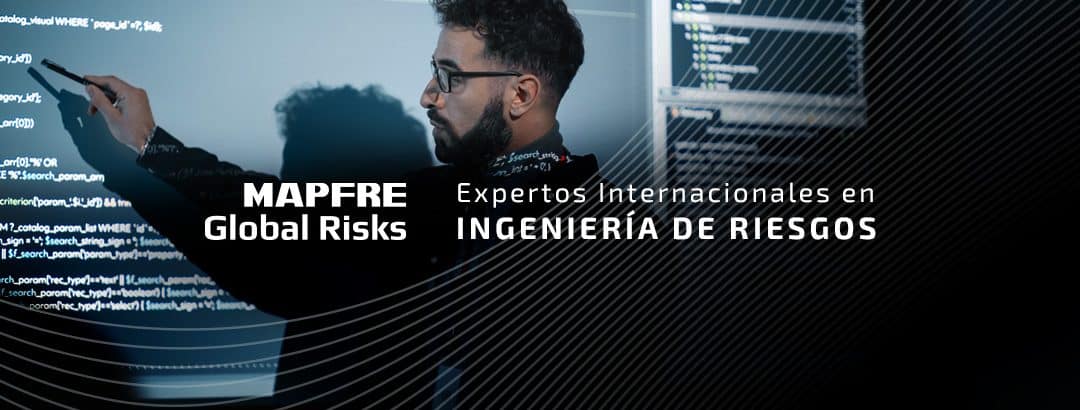Cristina Leon Vera | 21/08/2024
Thanks to their versatile technology, drones have multiple applications in a variety of sectors and industries. Originally reserved for military purposes, their potential has expanded to a wide range of civilian uses that are transforming the global economy.
Technically known as unmanned aerial vehicles (UAV) or remotely piloted aircraft (RPA), these devices are operated remotely. With their compact, lightweight design, combined with the ability to maneuver them without a pilot on board, they have been integrated into multiple fields beyond military applications.
The growing popularity of drones is due to their ability to capture images and videos from surprising heights, offering new aerial perspectives. This capacity for precise, real-time observation also extends to surveillance and monitoring in diverse areas, completely redefining risk management and supervision in numerous industries.
Although their contributions are innumerable, here are some of the main uses for these devices that place them at the cutting edge of technological innovation.
Main uses for drones:
-
Disaster response
Drones are proving essential in emergency situations, playing a decisive role in search and rescue operations. Equipped with high-resolution cameras and thermal sensors, these devices overfly large territories, providing real time images to locate missing people and assess damage. Additionally, they can deliver medical supplies and rescue equipment to hard-to-access areas, ensuring that help arrives quickly. This technology has saved numerous lives, optimizing efficiency in critical situations.
-
Firefighting drones
These unmanned aerial vehicles are designed to detect hotspots, allowing firefighters to evaluate the magnitude of fires and plan the best strategy to fight them. Some models are equipped with water or retardant delivery systems that can be spread on the fire to help control it. In spaces that are inaccessible or dangerous for land crews, firefighting drones make operations safer and maximize impact in fighting fires.
-
Package delivery
Package delivery by drone is gaining popularity in the logistics industry, promising to revolutionize the way we receive our everyday purchases. Logistics and e-commerce companies are experimenting with drones in order to reduce waiting times and associated costs. These devices can cut delivery times to less than 30 minutes, making purchases faster and more accessible.
-
Construction support
In the field of construction and engineering, drones are changing the way projects are managed and supervised. High-resolution cameras make it possible for elevated constructions and structures, such as bridges and buildings, to be inspected by drone. They provide precise data, improving the evaluation of structural integrity and planning. The use of LiDAR sensors facilitates the creation of 3D models of terrain, enhancing infrastructure monitoring and maintenance.
-
Agriculture
In precision agriculture, drones play a key role thanks to their multispectral sensors. They analyze crops, identifying health issues in plants, water stress, nutritional deficiencies, and infestations. The information obtained is used to create prescription maps, allowing farmers to apply fertilizers and pesticides more efficiently. Moreover, drones are used to plant seeds, increasing productivity and automating field work to meet the growing demand for food.
-
Geology
Drones have multiple applications in geology, such as mapping, where they capture high-resolution images, creating precise maps of the terrain. They also make it easier to collect samples such as rocks and other components for their analysis in the lab. In the monitoring of earth movements, they observe landslides and help prevent disasters. Additionally, in the study of volcanoes, drones overfly active areas, obtaining photographs and samples of gases and ash that are inaccessible to humans, helping us to better understand the geological characteristics of our planet.
-
Hydraulic studies
In hydraulic studies, drones are valuable tools to analyze the behavior of water in specific areas, which is essential to infrastructure and urban design projects. Equipped with cameras and sensors, they provide three-dimensional maps and models of terrain, improving the estimation of flood risk and the sizing of drainage systems. Their capacity to capture detailed aerial images, even in hard-to-access areas, makes it easier to evaluate the environmental impact of constructions such as dams and roads, leading to informed decisions and the preservation of water resources and aquatic ecosystems.
Great potential for exploration
As their technology continues to advance, drones are destined to play increasingly significant roles in a variety of fields. In environmental surveillance, they will help protect nature by monitoring phenomena such as deforestation and atmospheric pollution. In the field of entertainment and media, they are introducing innovative ways of capturing images and offering unprecedented perspectives in film productions and sporting events. In education, they will offer enriching practical experiences for teaching science and technology.
As drone technology improves and becomes more affordable, their integration into everyday life will increase. From possible air taxis that will transform urban transportation, to applications in remote regions, we’re standing on the threshold of an unparalleled era of innovation. The future possibilities of this technology are unlimited, with the potential to increase quality of life and address global challenges through ingenious, efficient solutions.





